Drilling Into Brick: A Beginner’s How-to Guide
Drilling into brick is a key DIY skill, needed for all kinds of home improvement projects. Here’s everything you need to know but were too afraid to ask
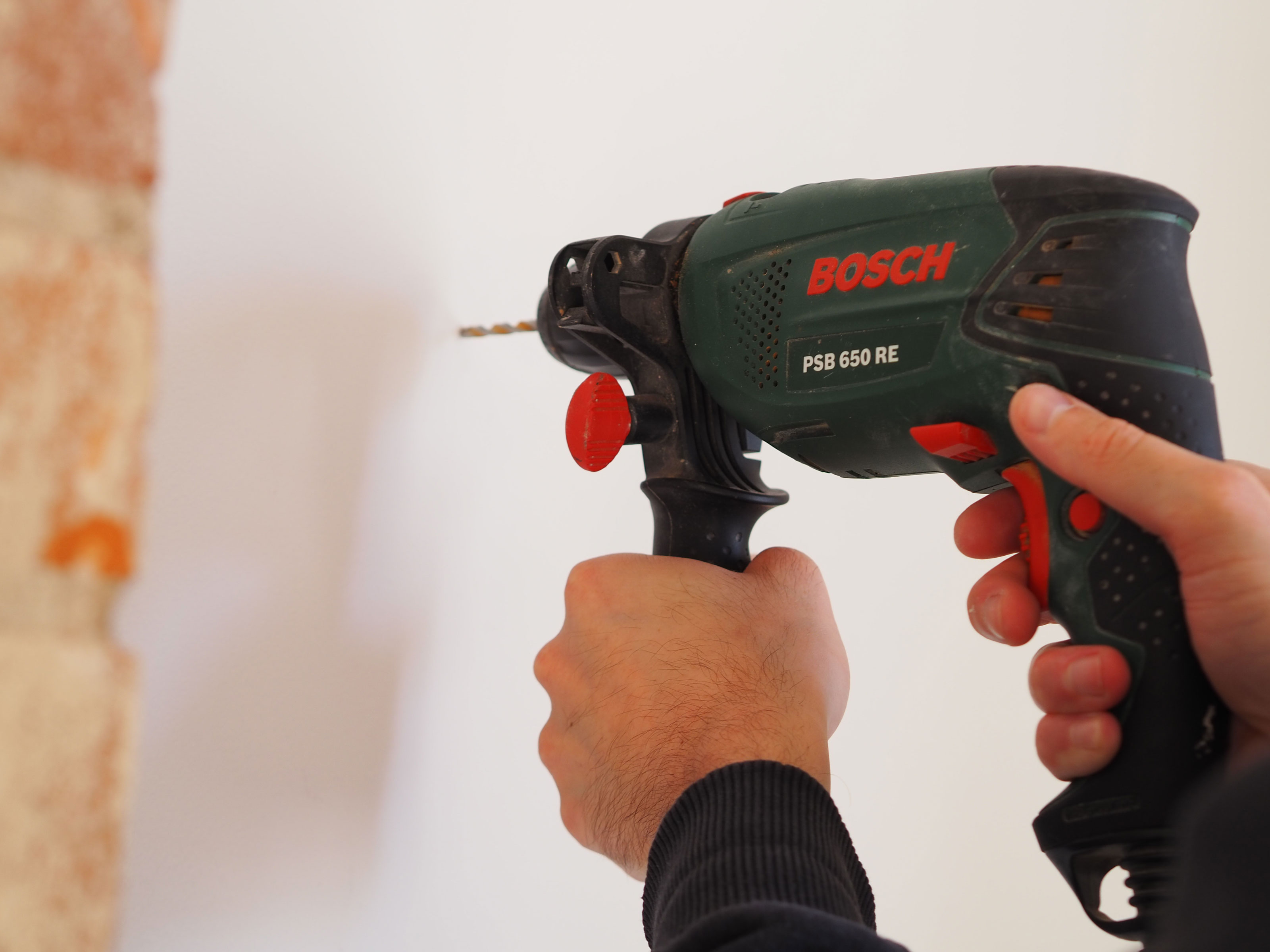
Drilling into brick is an easy DIY skill to pick up, and one that'll come in useful for a multitude of home improvement tasks. From putting up a shelf, curtain pole, a TV, a picture or mirror — you'll need to learn how to drill into brick for mounting anything on your walls.
If you're a DIYer novice, you need to know you can't screw directly into brick. You need to drill a hole, insert a rawl plug – a type of fixing which will hold your screw in place – and then screw into this. This process is much easier in a brick wall than plasterboard, which may require more specialist fixings.
All you need to do is arm yourself with your best cordless drill and a few other toolbox essentials and you're ready to take on this task. Here's a step-by-step guide and what you need to know about the process.
What Drill bit Should be Used for Drilling Into Brick?
You’ll require a masonry drill bit for drilling into brick. This type of drill bit has a wide, arrow-shaped head and comes in a variety of thicknesses and lengths, depending on what’s needed.
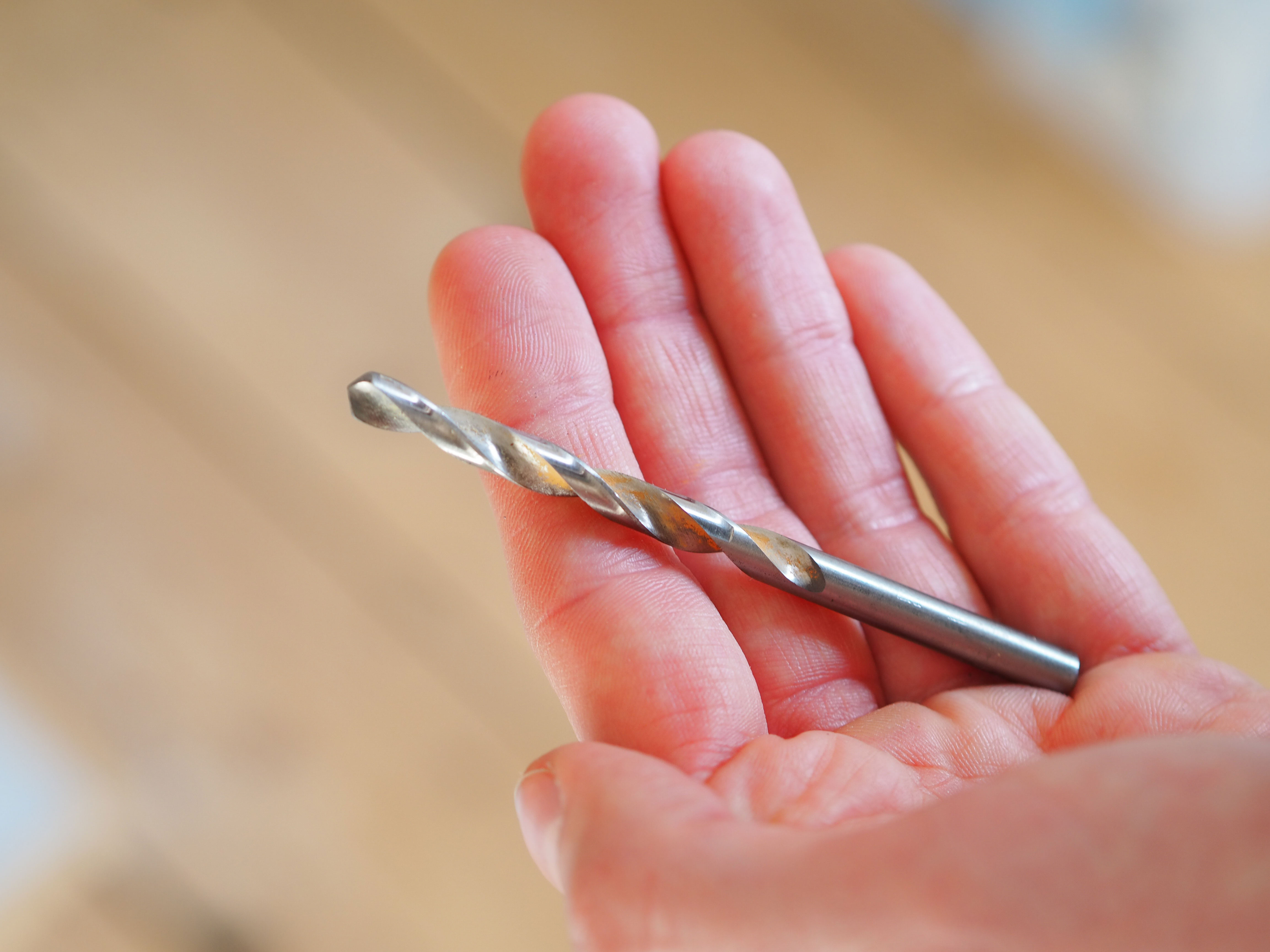
To choose the right size of drill bit, you’ll need to know what size screw, and therefore rawl plug, you’re going to use. If you buy a set of drill bits of varying sizes, you should be able to hold them up to your rawl plug to get an estimate of the size. You’ll need to use a drill bit at least as large as your rawl plug, or else you won’t be able to insert it into the wall.
If your hole is slightly larger, it should be fine, but too large and you may find the rawl plug rattles around in the hole, or fails to take properly, giving you a less secure fixing.
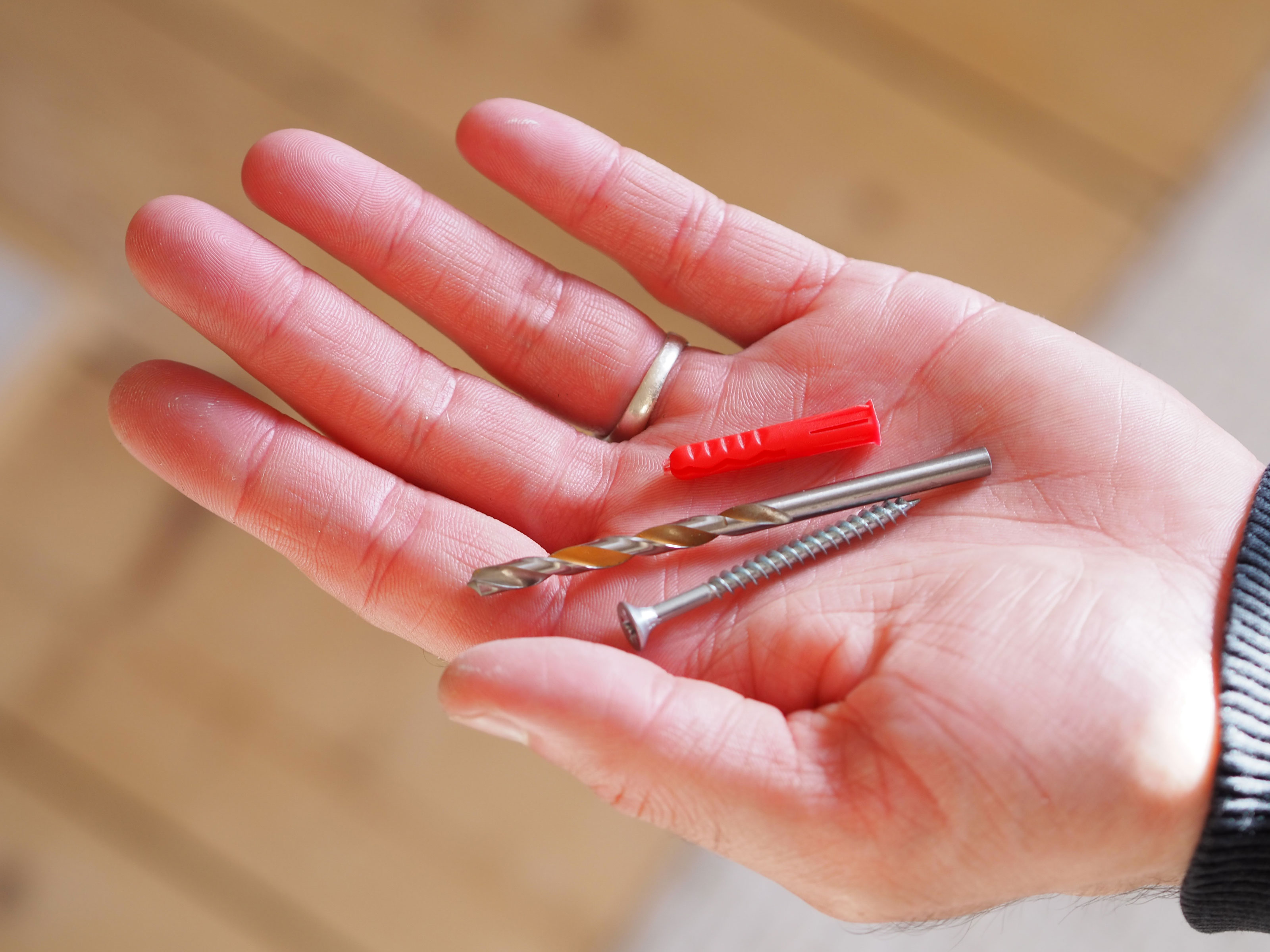
Can I use a Regular Drill for Drilling Into Brick?
If you’re drilling into a softer brick and don’t need to make too deep a hole, you may find that your cordless drill, set to drill function, is sufficient.
However, ideally you’ll use a drill with a hammer function for drilling into a masonry wall. This punches the drill bit as you drill, working with the masonry drill bit to make drilling into hard substances easier.
How do you Drill Into a Brick Wall?
1. Identify the type of wall you're drilling into
Before you begin drilling into your wall, you'll need to know what kind of wall you're drilling into. This will depend on the type and age of house you live in. Exterior walls are typically be brick or block. Internal walls may either be brick or timber stud walls. Knocking on the wall should give you a good idea of what you're drilling into; a hollow sound typically indicates a stud wall.
2. Check the wall for wires and pipes
It's always a good idea to check what's lurking behind the plaster before you start to drill. Use a detector to identify the presence of pipes and electrical conduits.
If you're well acquainted with your house, ie. you've renovated it or your electrician has recently undertaken rewiring, and know where the wires and pipes are, you can potentially skip this step. That said, it's always best to run a detector across the spot you hope to drill into, to be on the safe side.
3. Mark your drilling point on the wall
Mark your spot with a pencil. You may want to press the drill bit into the wall to make an indentation before starting to drill so that the drill bit doesn't skip around the surface.
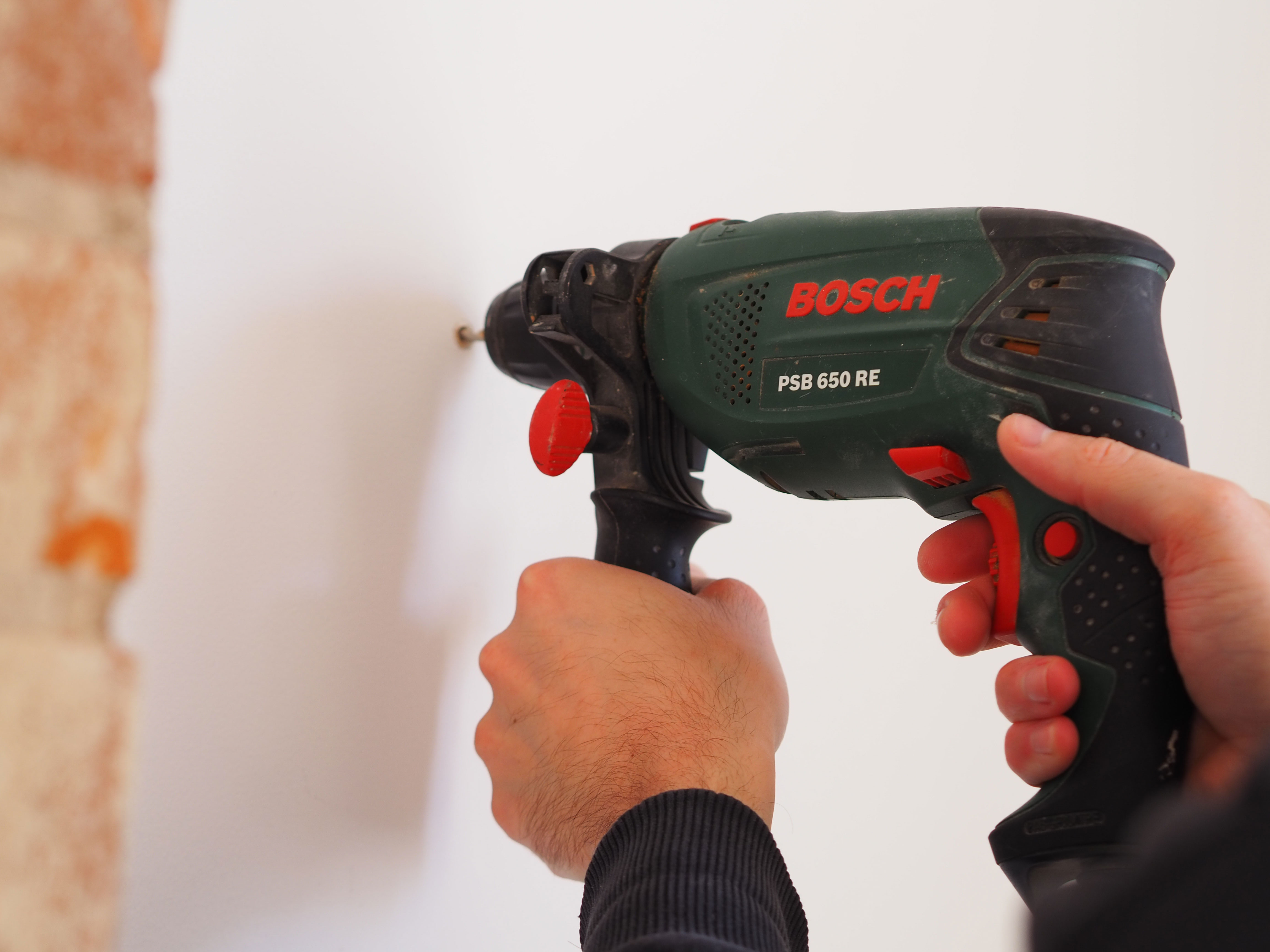
4. Drill the wall
Hold your drill straight and level when drilling into brick — some drills come with spirit levels built-in. Starting slowly, drill into the brick, pushing the drill towards the wall.
In order to know that you've drilled deep enough, you can measure your drill bit against your rawl plug and mark it by wrapping masking tape around the bit. Alternatively, try the rawl plug in the wall.
Brick dust can stain your paintwork and be tough to clean, so consider catching it with a vacuum cleaner or dust pan.
5. Remove the brick dust
Once you've drilled the hole, remove the brick dust from the hole (vacuuming is best) and clean up any dust that's on the floor.
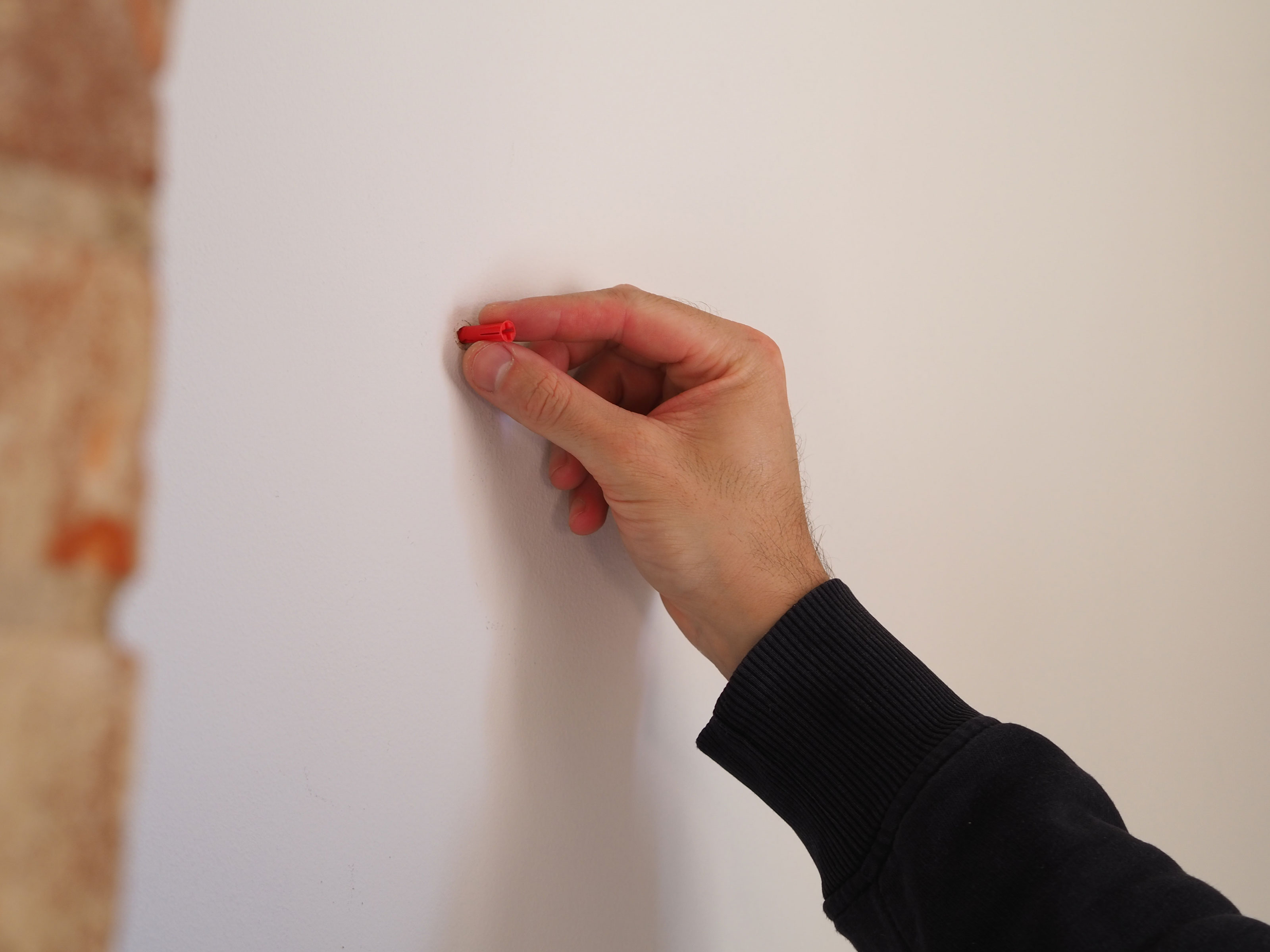
6. Insert the rawl plug
Insert your rawl plug into the hole. Knock it in with a hammer or mallet if its a tight fit.
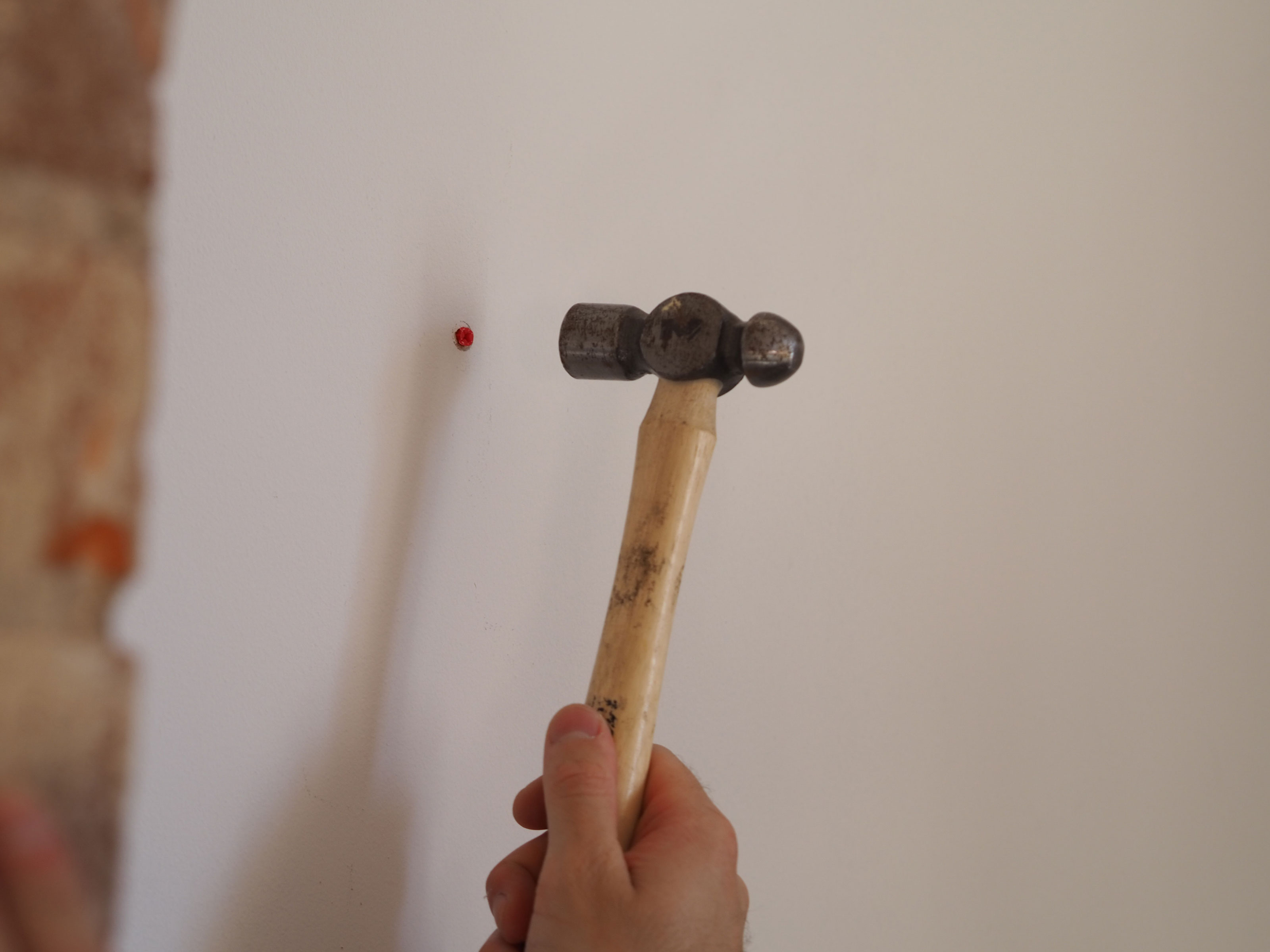
7. Drive the screw into the hole
You're now ready to drive your screw into the hole.
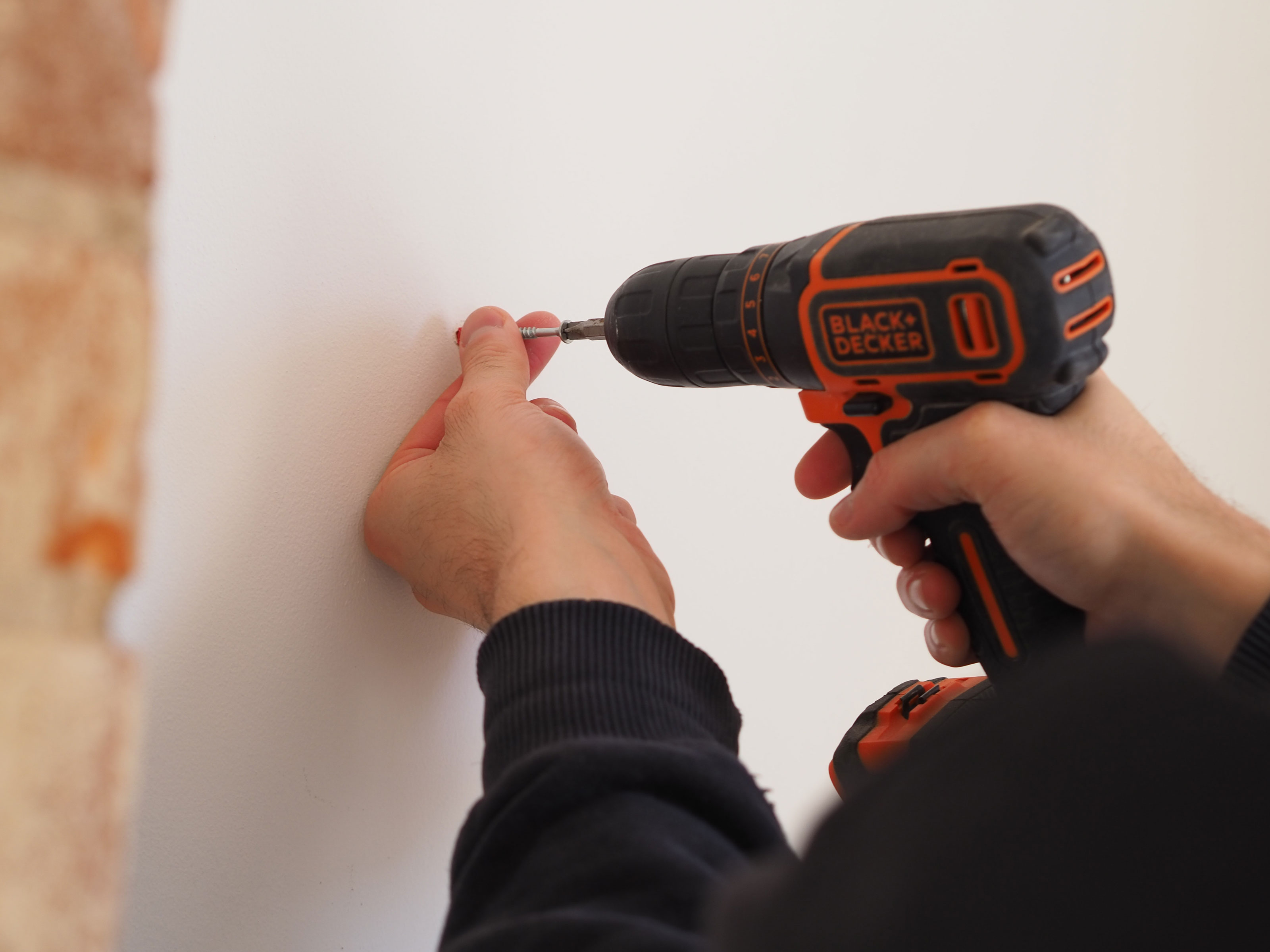
Trouble-shooting: Why Can't I Drill into my Brick Wall?
If you can't easily drill into a brick wall, even when using your drill's hammer function, there's a variety of potential causes.
1. The drill is rotating the wrong way
Drills with screwdriver functions can move in both directions so that you can both drive and loosen screws. To drill into a wall, your drill but should be rotating clockwise. On the vast majority of drills, the rotation selection is a button on the body of the drill which pushes through on either side.
2. The drill needs charging
A cordless drill with a nearly empty battery might not have the power required for drilling into brick. Re-charge and try again, or use a corded drill if you have one.
3. The drill bit is blunt
After heavy use, drill bits will be less effective at drilling masonry. While it's possible to sharpen them, it's most time effective to simply replace them as they're relatively inexpensive.
4. There's something in the wall preventing you
If your drill won't push any further into a masonry wall after a certain point, there's a good chance there's something in the wall preventing you — most likely metal. This could be encasing something important, or be a pipe. Either way, don't force it. You may need to adjust your placement of the hole.
Alternatively, if the depth of your screw isn't as important, insert your rawl plug as far as you've drilled and cut it down to size with a serrated blade or saw, and use a shorter screw.
Get the Homebuilding & Renovating Newsletter
Bring your dream home to life with expert advice, how to guides and design inspiration. Sign up for our newsletter and get two free tickets to a Homebuilding & Renovating Show near you.
Luke Arthur Wells is an award-winning interiors blogger and stylist. His blog has been one of Vuelio's top 10 interior blogs for four years running, and he recently won the Best Creative Skill category at the Amara Interior Blog Awards. Luke has worked with some of the UK's biggest brands, from John Lewis and Made to Farrow & Ball and B&Q. He's a big DIYer, and loves coming up with creative woodwork projects for his home, a Victorian terrace renovation in Essex.

